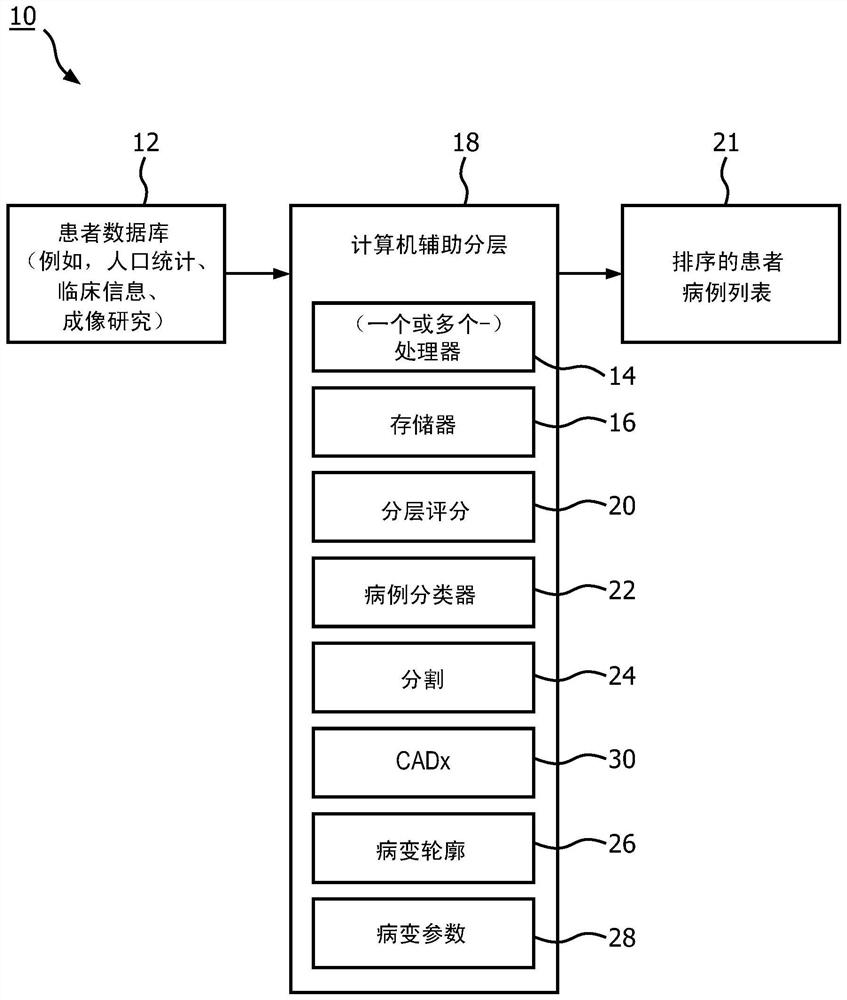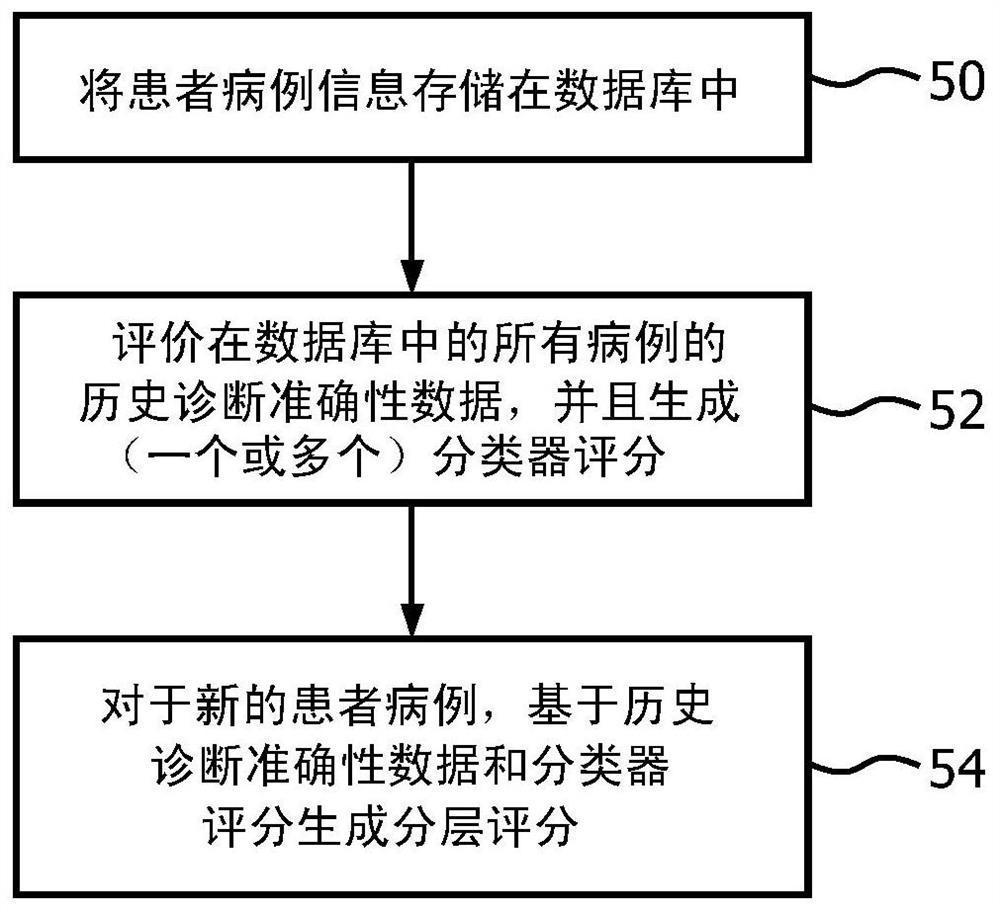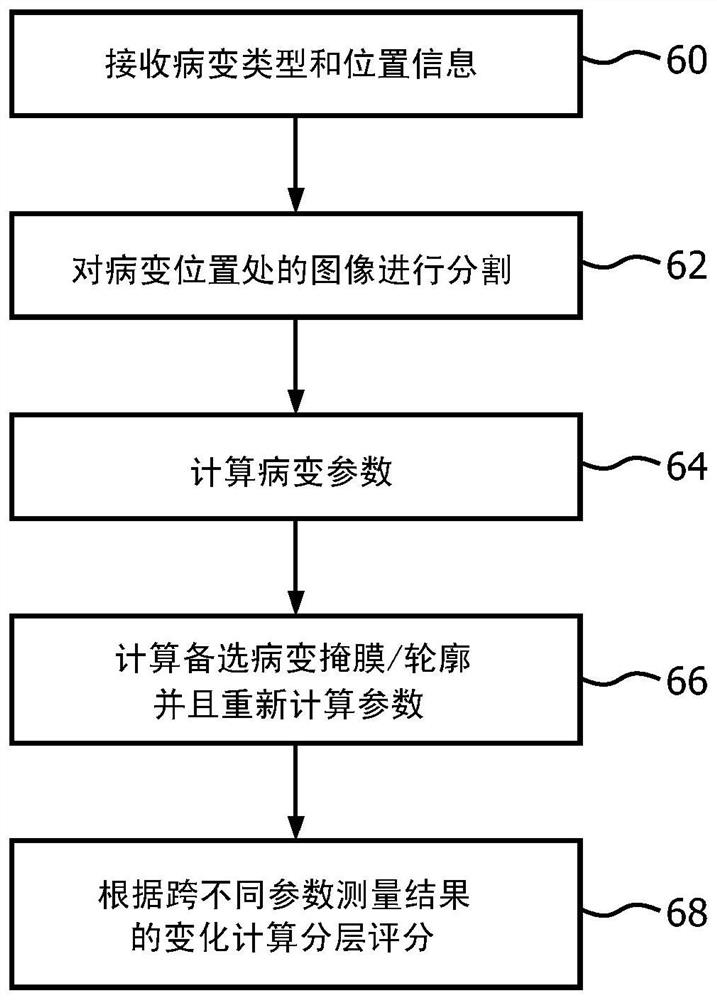Method and system for computer-aided patient stratification based on case difficulty
A computer-aided, patient-based technology, applied in the field of medical diagnosis, can solve problems such as difficulty in cases and difficult diagnosis, and achieve the effect of improving the workload balance of doctors
- Summary
- Abstract
- Description
- Claims
- Application Information
AI Technical Summary
Problems solved by technology
Method used
Image
Examples
Embodiment Construction
[0017] The described systems and methods overcome the aforementioned problems by stratifying patient cases according to the level of difficulty associated with the patient's diagnosis. For example, the assignment of cases to a physician's worklist includes difficulty as a factor in order to maximize efficiency and accuracy. For example, easier cases can be assigned to junior physicians, while more complex cases are reserved for more senior personnel. In another example, a mix of cases may be equally distributed across different physicians. Thus, the current innovation facilitates assessing the difficulty of a case and using the results of the assessment to adjust the clinician workflow. For example, assigning patient cases to specific physicians based not only on organ type or imaging modality, but also on level of diagnostic difficulty. In another embodiment, if the case is determined to be highly complex, an alert is generated, such as an alert recommending a second physic...
PUM
 Login to View More
Login to View More Abstract
Description
Claims
Application Information
 Login to View More
Login to View More - R&D
- Intellectual Property
- Life Sciences
- Materials
- Tech Scout
- Unparalleled Data Quality
- Higher Quality Content
- 60% Fewer Hallucinations
Browse by: Latest US Patents, China's latest patents, Technical Efficacy Thesaurus, Application Domain, Technology Topic, Popular Technical Reports.
© 2025 PatSnap. All rights reserved.Legal|Privacy policy|Modern Slavery Act Transparency Statement|Sitemap|About US| Contact US: help@patsnap.com



